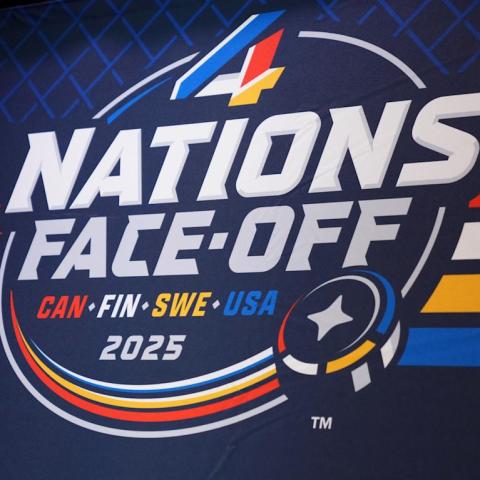India is a land of diverse cultures. Each state has its own unique way of greeting people, which reflects local traditions. While “Namaste” is widely recognized, every region has its own special greeting that adds to the richness of India’s culture. Learning these greetings can deepen your understanding and appreciation of these varied traditions.
State Greetings in India
Namaste Alternatives
“Namaste” is a heartfelt greeting meaning “I bow to you.” It’s a symbol of respect shared across many states, though pronounced and expressed differently. Here are some notable variations:
- Andhra Pradesh – Namaskaram (నమస్కారం): This means “I bow to you” and is often used with hands folded together.
- Assam – Nomoskar (নমস্কাৰ): This greeting signifies respect and is derived from Sanskrit.
- Karnataka – Namaskara (ನಮಸ್ಕಾರ): Similar in meaning to “Namaste,” accompanied by a gesture of hands at the chest.
- Kerala – Namaskaram (നമസ്ക്കാരം): Reflects hospitality and reverence for others in the community.
- Madhya Pradesh – Namaste (नमस्ते): A universal greeting honoring everyone encountered.
- Maharashtra – Namaskar (नमस्कार): Emphasizes respect in associations.
- Odisha – Namaskar (ନମସ୍କାର): Maintains traditional values while expressing respect.
- Telangana – Namaskaram (నమస్కారం): Shares similar practices with Andhra Pradesh.
- Tripura – Nomoskar (নমস্কার): Similar to Assam’s greeting, reflecting goodwill.
- West Bengal – Nomoshkar (নমস্কার): Unique in its politeness, showcasing Bengali warmth.
Unique Greetings
Some states use different phrases as greetings, which reflect their traditions and cultural pride:
- Arunachal Pradesh – Jai Hind (జై హింద్): A patriotic greeting meaning “Victory to India”.
- Bihar – Pranam (प्रणाम): A sign of respect often involving touching the feet of elders.
- Goa – Dev Borem Korum (देव बोरेम कोरुम): Means “God bless you,” reflecting hospitality.
- Gujarat – Jai Shri Krishna (જય શ્રી કૃષ્ણ): Celebrates Lord Krishna, commonly used during festivities.
- Haryana – Ram Ram (राम राम): Invocation of Lord Rama’s blessings, fostering community spirit.
- Jharkhand – Johar (जोहार): Local greeting showing respect to others.
- Manipur – Khurumjari (खुरुम्जरी): Means “May you live long,” expressing goodwill.
- Meghalaya – Khublei (खुब्लेई): A warm greeting emphasizing hospitality.
- Mizoram – Chibai (चिबाई): A friendly welcome greeting.
- Nagaland – Kuknalim (कुकनालिम): Translates to “Good morning,” showing local customs.
- Punjab – Sat Sri Akal (ਸਤ ਸ੍ਰੀ ਅਕਾਲ): Reflects Sikh beliefs, conveying goodwill.
- Rajasthan – Ram Ram (राम राम): Shares a similar meaning as in Haryana, highlighting warmth.
- Sikkim – Tashi Delek (བཀྲ་ཤིས་བྱེད་པ་): Means “Good luck,” wishing prosperity.
- Tamil Nadu – Vanakkam (வணக்கம்): Means “Welcome,” showcasing respect and hospitality.
- Uttar Pradesh – Radhe Radhe (राधे राधे): Invokes Lord Krishna while expressing affection.
Understanding these greetings not only enriches your interactions but also allows you to connect more deeply with the diverse cultures of India.
Source link
Uttar Pradesh,Tamil Nadu,Rajasthan,namaste,Mizoram,manipur,Maharashtra,Assam,Andhra Pradesh










